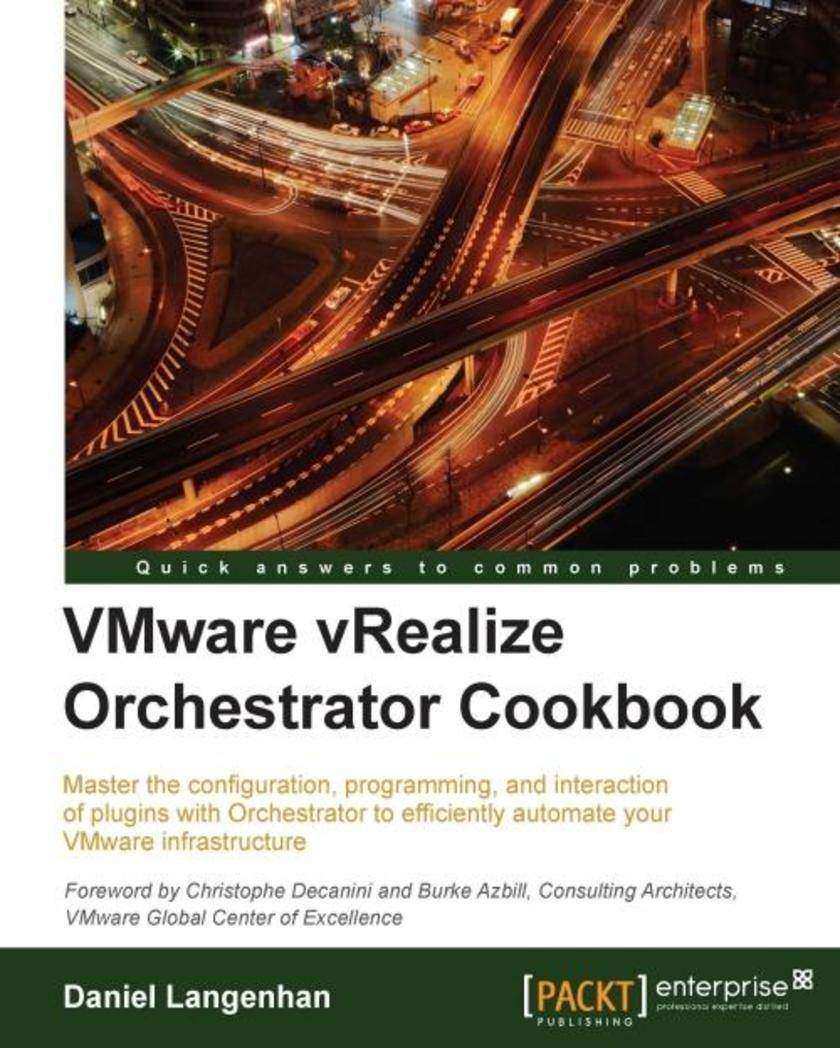
VMware vRealize Orchestrator Cookbook
¥90.46
If you are a VMware administrator who is interested in automating your infrastructure, this book is for you. An understanding of basic programming concepts is advised. No previous knowledge of Orchestrator is required, although some previous knowledge of it will allow you to get started more easily.
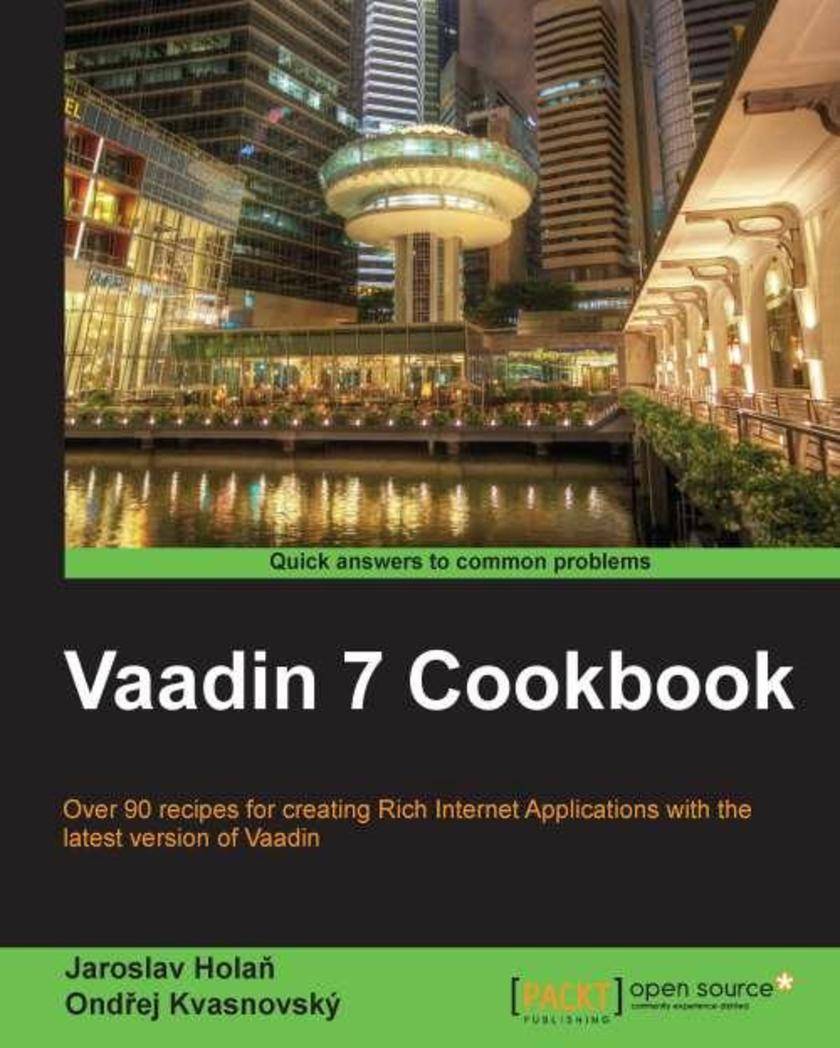
Vaadin 7 Cookbook
¥90.46
This is a cookbook with easy-to-follow recipes containing practical and detailed examples which are all fully backed up with code, illustrations, and tips. "Vaadin 7 Cookbook" is for developers who want to create Rich Internet Applications with Vaadin. Both newcomers to Vaadin and those who have some experience with it will find recipes to expand their working knowledge of Vaadin.

Windows Server 2012 Hyper-V Cookbook
¥90.46
"Windows Server 2012 Hyper-V Cookbook" is a practical cookbook packed with recipes showing and explaining all the features and components of Hyper-V. You’ll learn from best practices, tips and tricks and examples of how to automate daily and common tasks. If you are an administrator who wants to master Microsoft Server Virtualization with Windows Server 2012 Hyper-V, then this book is for you. You should be comfortable with virtualization concepts and practices, and knowledge of previous versions of Windows Server would be an advantage.

HTML5 Graphics & Data Visualization Cookbook
¥90.46
This cookbook is organized in a linear, progressive way allowing it to be read from start to finish, as well as to be used as a useful resource for specific tasks. The HTML5 examples and recipes will have you making dynamic, interactive, and animated charts and graphs in no time. You don't need to have a background in HTML5 or Canvas but you do need to have a basic understanding of how HTML works and know how to code in any language (preferably in JavaScript). In this book we will not explain how to learn to code but how to create projects and how to plan and execute them in the process.

Marmalade SDK Mobile Game Development Essentials
¥90.46
A practical tutorial that's easy to follow with lots of tips, examples and diagrams, including a full game project that grows with each chapter,This book targets Professional and Indie game developers who want to develop games quickly and easily to run across a huge range of smartphones and tablets. You are expected to have some experience writing games using C++ on other platforms. Its aim is to show how to take your existing skills and apply them to writing games for mobile devices (including iOS and Android) by explaining the use of the Marmalade SDK,Familiarity with games and 3D graphics programming would be helpful. No knowledge of specific mobile SDKs such as iOS or Android is required.

Oracle APEX Best Practices
¥90.46
In clearly written chapters you will be guided through different aspects of Oracle Application Express. Varying from setting up your environment to maximizing SQL and PL/SQL. Examples are given based on a simple but appealing case. This book is filled with best practices on how to make the most of Oracle APEX. Developers beginning with application development as well as those who are experienced will benefit from this book. You will need to have basic knowledge of SQL and PL/SQL to follow the examples in this book.
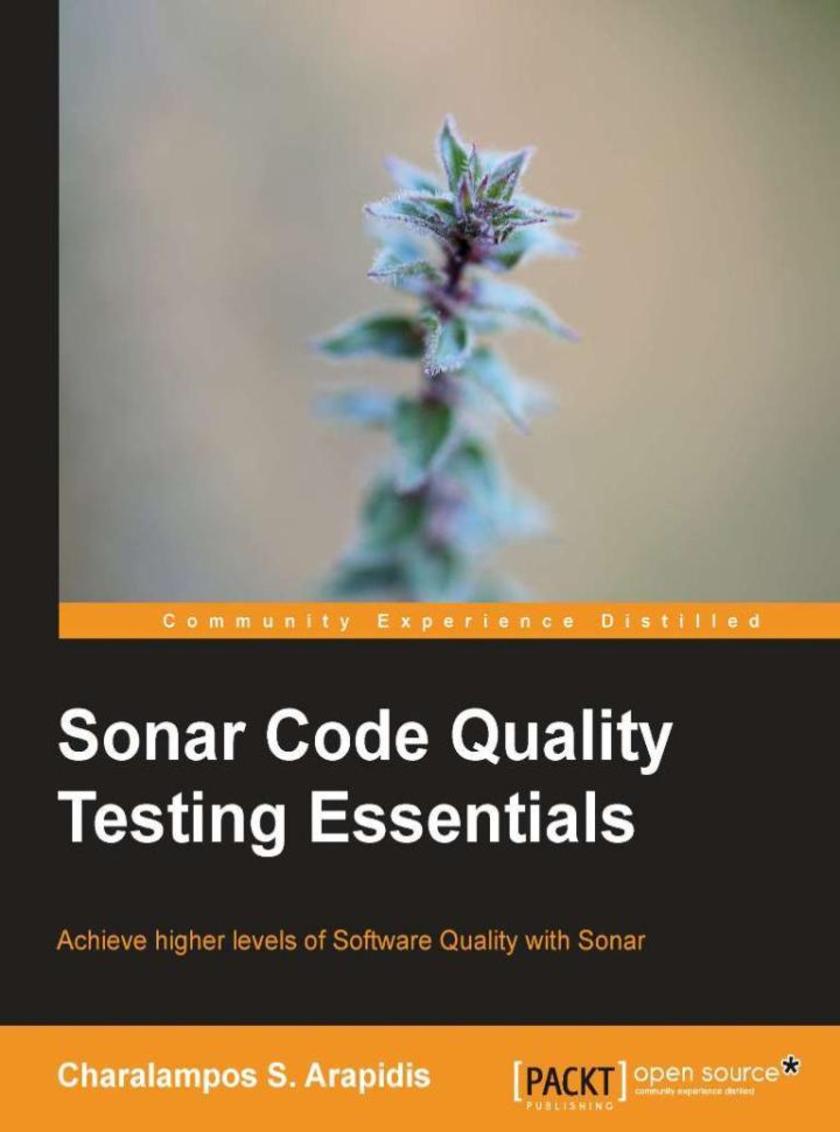
Sonar Code Quality Testing Essentials
¥90.46
This is a step-by-step tutorial enriched with practical examples and the necessary screenshots for easy and quick learning. This book is for you if you are a Java developer or a Team Manager familiar with Java and want to ensure the quality of your code using Sonar. You should have a background with Java and unit testing in general.
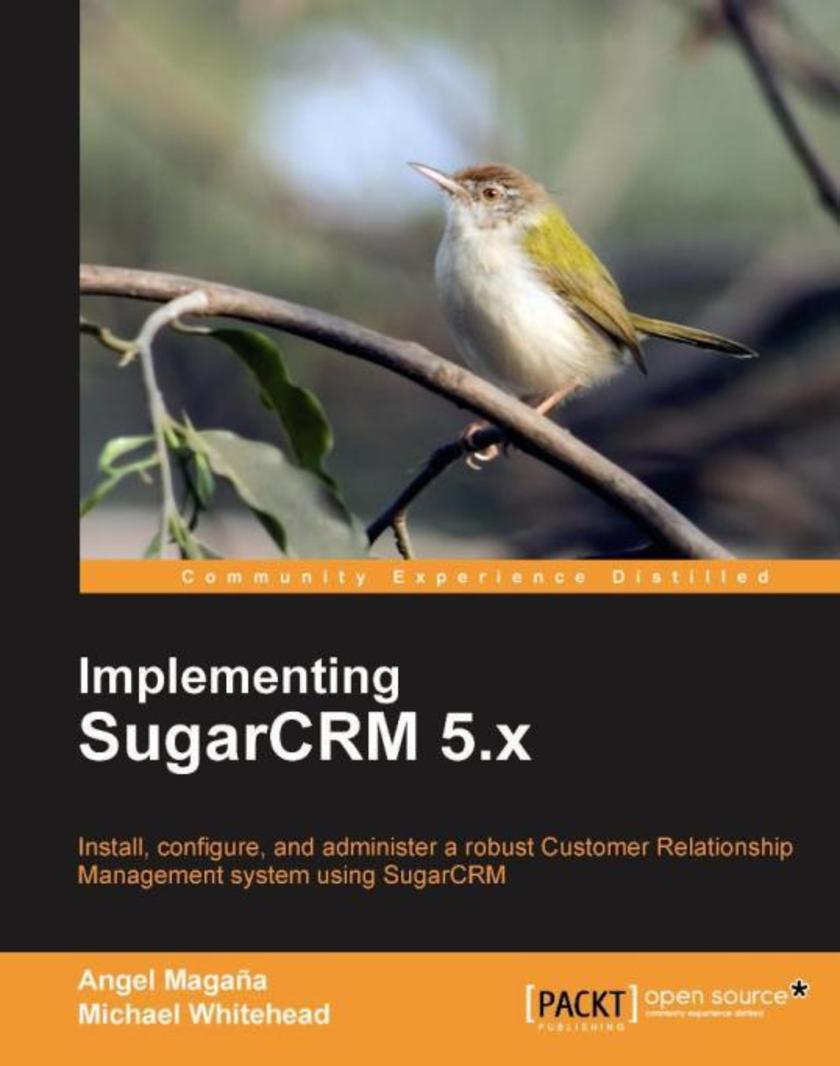
Implementing SugarCRM 5.x
¥90.46
The book works from the SugarCRM basics right up to advanced features in a clear and friendly way. It follows a combination of theoretical discussions relating to varying business needs and the manner in which CRM technology can address them. By helping you clarify your business goals the book enables you to build a CRM system to support your business needs. If you are a small-medium business owner/manager with reasonable IT skills, a system implementer, or a system administrator who wants to implement SugarCRM for yourself either as a first CRM or as a replacement for existing solutions, this book is for you. Existing SugarCRM users who want to broaden their understanding of the topic will find this book valuable too. No programming knowledge is required to use this book to implement, customize, and use SugarCRM.

IBM Lotus Notes 8.5 User Guide
¥90.46
A compact Lotus Notes User Guide, this book covers best practices, hints, tips, and tricks of Lotus Notes 8.5. It draws on real-world examples and you will find this book to be an invaluable reference for Lotus Notes. There are significant changes from the earlier versions of Lotus Notes to the current version of 8.5 and this book covers the new features in detail so that you will be able to take advantage of them. However, this book also covers key features from earlier versions, which have stood the test of time. If you are a business user who wants to get the most out of Lotus Notes, then this book is for you. From beginners to seasoned professionals, this book aims to cover the features, best practices, tips, tricks, and tools that enable you to work smarter—almost effortlessly—in Lotus Notes 8.5.

Visual Media Processing Using Matlab Beginner's Guide
¥90.46
Written in a friendly, Beginner's Guide format, showing the user how to use the digital media aspects of Matlab (image, video, sound) in a practical, tutorial-based style.This is great for novice programmers in any language who would like to use Matlab as a tool for their image and video processing needs, and also comes in handy for photographers or video editors with even less programming experience wanting to find an all-in-one tool for their tasks.

WCF 4.0 Multi-tier Services Development with LINQ to Entities
¥90.46
This book is a step-by-step tutorial to guide you through learning WCF and LINQ to Entities. You will be guided to create five WCF and LINQ solutions from scratch, of which three are multi-tiered real-world WCF service solutions, so you will not only be reading, but also be coding through the book, to gain practical experience of WCF and LINQ to Entities. Various test clients will be associated with each solution and these solutions can be built and run independently of other solutions. Clear step-by-step instructions and relevant screenshots will make sure you won't get lost in the new world of WCF and LINQ to Entities. Configuration files, host applications, test clients, and WCF services for each solution will also be available for download for you to examine, modify, and debug from the outside in. The book focuses on the essentials of using WCF and LINQ to Entities, rather than providing a reference to every single possibility. It leaves the reference material online where it belongs, and concentrates instead on practical examples, code, and advice. This book is for C# and C++ developers who are eager to get started with WCF and LINQ to Entities, and want a book that is practical and rich with examples from the very beginning. Developers and architects evaluating SOA implementation technologies for their company will find this book particularly useful because it gets you started with Microsoft's tools for SOA and shows you how to customize our examples for your prototypes. This book presumes basic knowledge of C# or C++. Previous experience with Visual Studio will be helpful but is not required, as detailed instructions are given throughout the book.
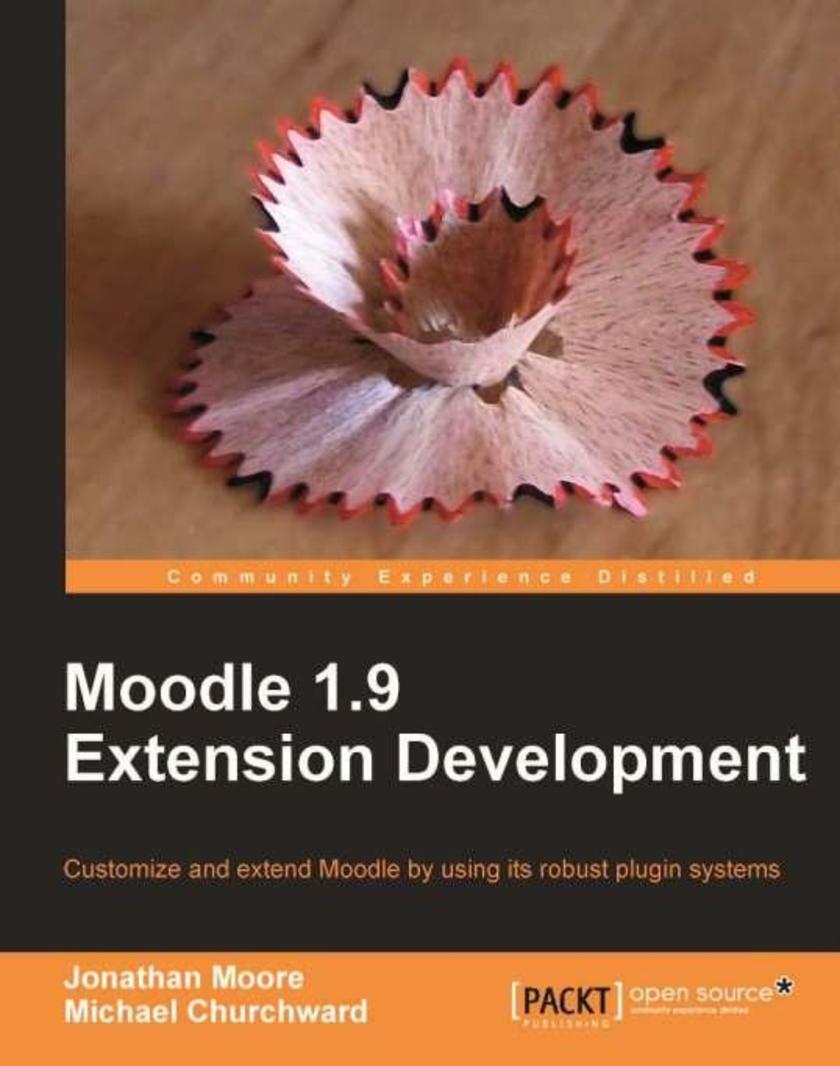
Moodle 1.9 Extension Development
¥90.46
The author’s experience as a Moodle developer enables him to combine a simple, de*ive how-to approach with enthusiastic insights into the rich potential of customizing Moodle according to your needs. The chapters gradually build up your skills and by the end of the book you will be confident enough to customize Moodle on your own. This book is written for technologists who are interested in expanding Moodle's functions through programming, either for their own organizations or to contribute to the open source project. You should be familiar with Moodle's basic technologies: PHP, MySQL ,and HTML/CSS.
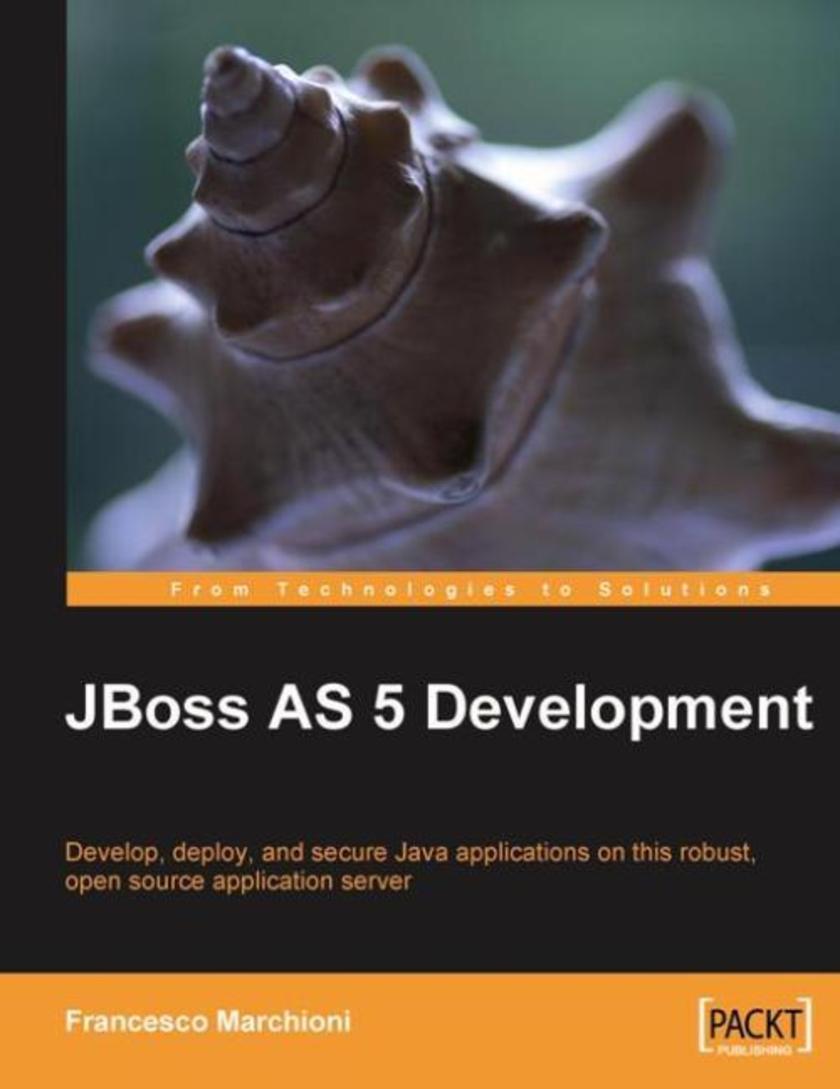
JBoss AS 5 Development
¥90.46
This book follows a tutorial-based approach starting with simple examples, which are enriched in the following chapters as new topics are introduced. Each chapter provides clear instructions and detailed screenshots, as the user approaches a new facet of the development environment. Most complex topics have been explained using practical examples, which will help you to master JBoss AS development. If you are a Java architect or developer who wants to get the most out of the latest release of the JBoss application server or a JBoss administrator who wants a clear and simple reference for JBoss services, this book is for you. You are not expected to have accumulated experience on the application server though you must know the basic concepts of Java EE.
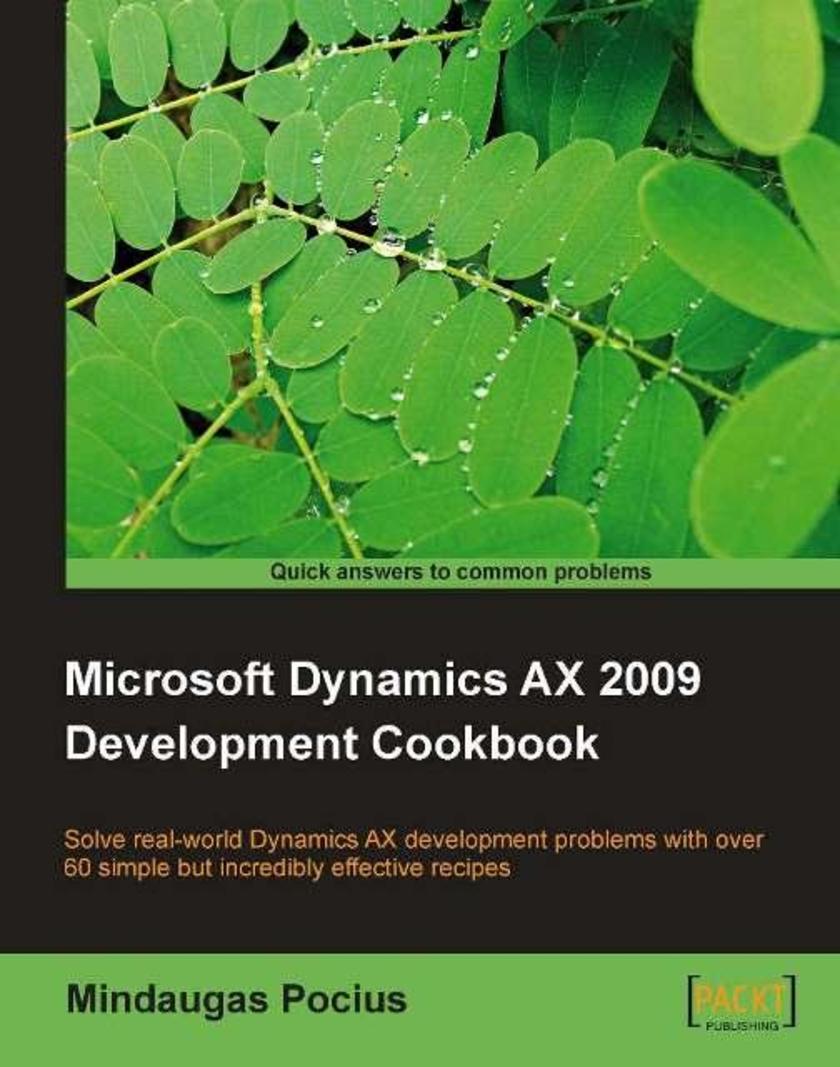
Microsoft Dynamics AX 2009 Development Cookbook
¥90.46
This book contains a list of useful Dynamics AX modifications – recipes – along with all required code and in-depth explanations. Most of the recipes are presented using real-world examples in a variety of Dynamics AX modules. The step-by-step instructions along with many useful screenshots make learning easier. This book is for Dynamics AX developers, and is primarily focused on delivering time-proven application modifications. Although new X++ developers could use this book along with their beginner guides, this book is focused more on people who are willing to raise their programming skills above the beginner level, and at the same time learn the functional aspects of Dynamics AX. So, some Dynamics AX coding experience is expected.
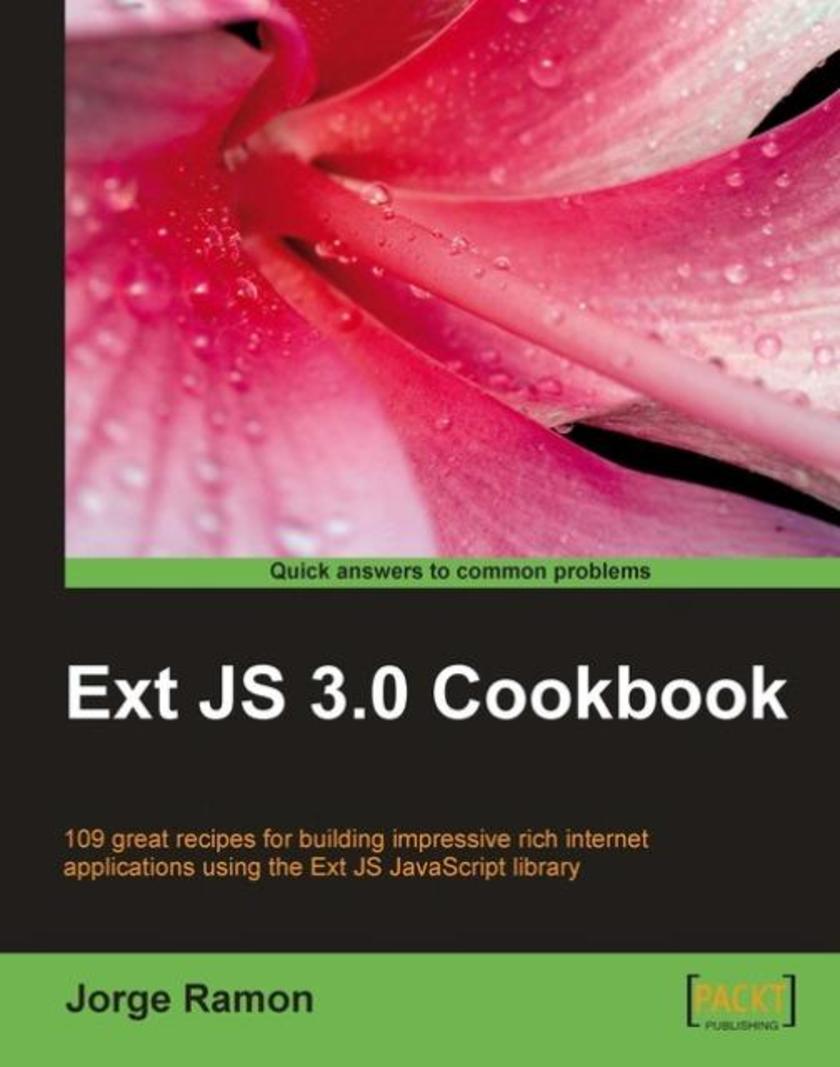
Ext JS 3.0 Cookbook
¥90.46
The Ext JS Cookbook contains step-by-step instructions for Ext JS users to build desktop-style interfaces in their own web applications. The book is designed so that you can refer to it chapter by chapter, or you can look at the list of recipes and read them in no particular order. The Ext JS Cookbook is for Ext JS users who want a book of useful techniques, with explanations, that they can refer to and adapt to their purposes. Developers who are already familiar with Ext JS will find practical guidance and numerous examples covering most of the library's features and components that can be used as a solid foundation to build upon when creating rich internet applications.
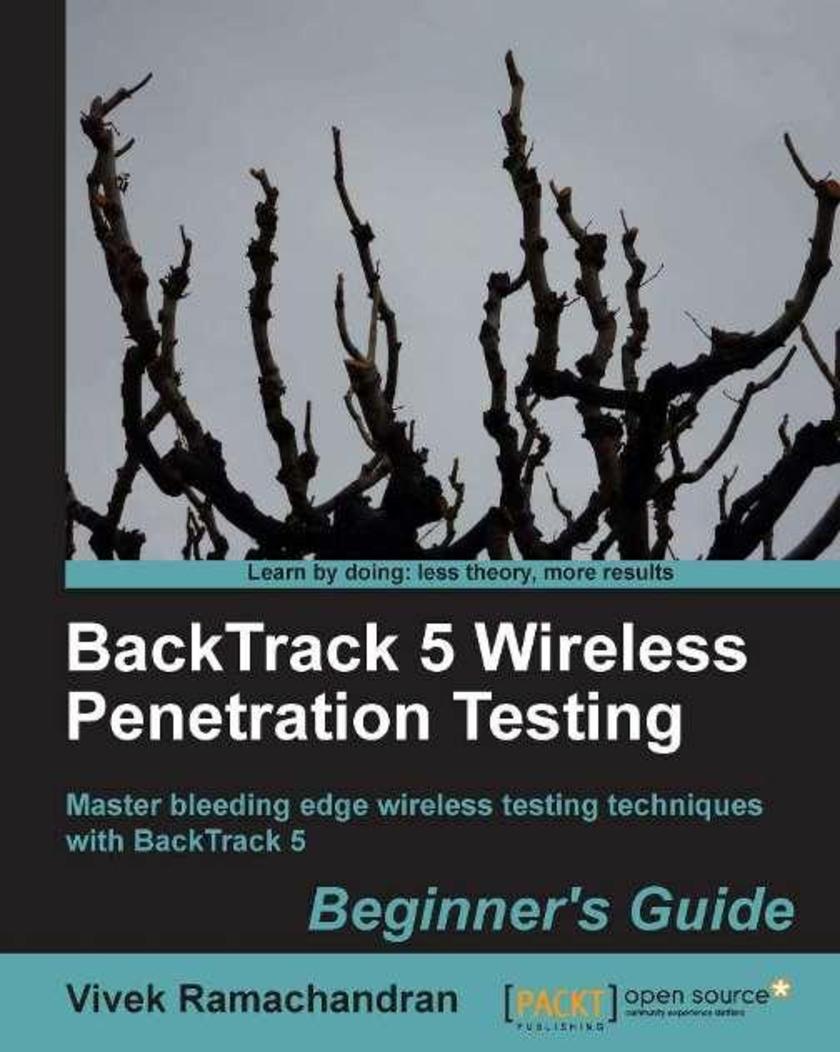
BackTrack 5 Wireless Penetration Testing Beginner's Guide
¥90.46
Written in Packt’s Beginner’s Guide format, you can easily grasp the concepts and understand the techniques to perform wireless attacks in your lab. Every new attack is described in the form of a lab exercise with rich illustrations of all the steps associated. You will practically implement various attacks as you go along. If you are an IT security professional or a security consultant who wants to get started with wireless testing with Backtrack, or just plain inquisitive about wireless security and hacking, then this book is for you. The book assumes that you have familiarity with Backtrack and basic wireless concepts.
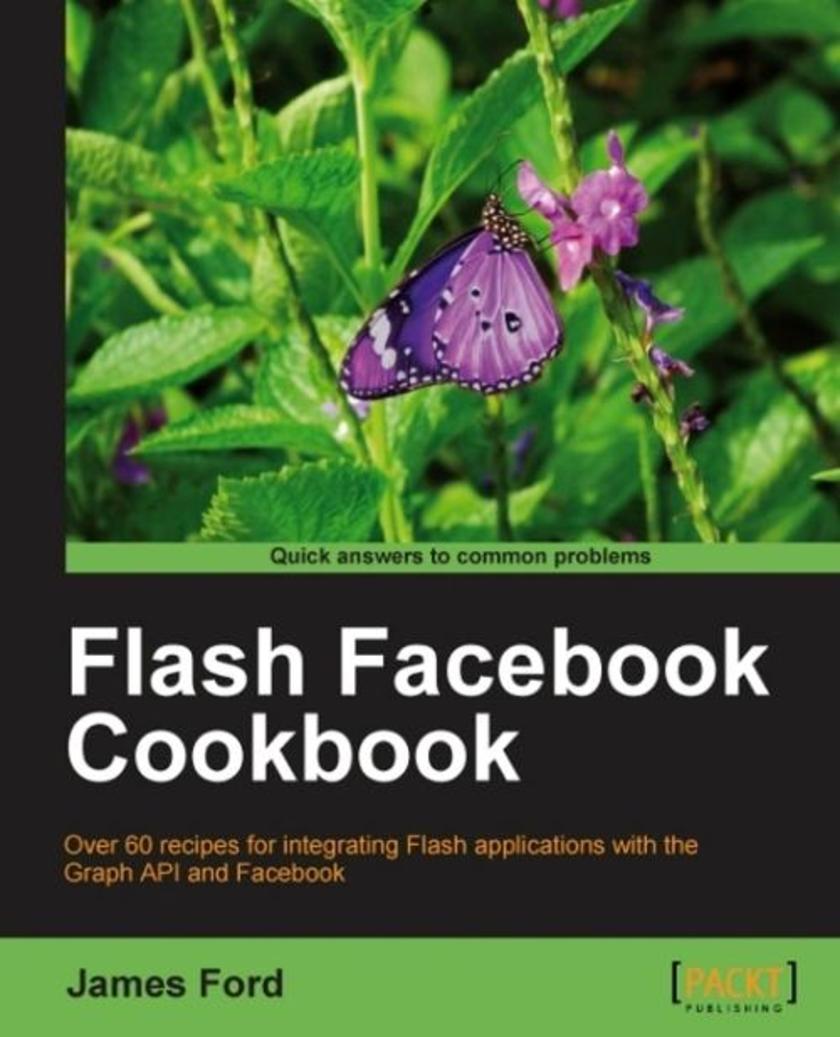
Flash Facebook Cookbook
¥90.46
Written in a cookbook style, this book offers solutions using a recipe-based approach. Each recipe contains step-by-step instructions followed by an analysis of what was done in each task and other useful information. This Cookbook is targeted towards those with at least a basic understanding of the Flash Builder IDE and the Flex framework. No prior knowledge of the Facebook APIs is assumed or required. If you want to start building Flash Facebook apps quickly and effectively this is the book for you.
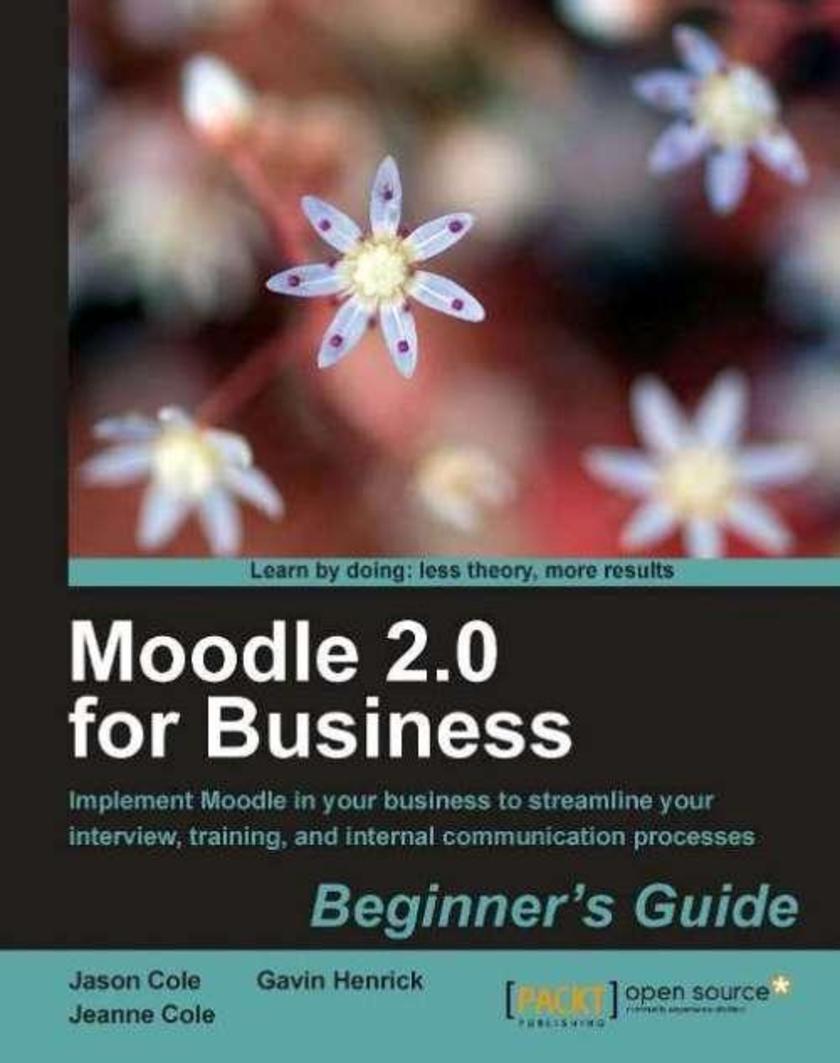
Moodle 2.0 for Business
¥90.46
Part of Packt's Beginner's Guide series, each chapter looks at a different aspect of using Moodle in a business environment, and steadily guides the reader through setting Moodle up in their own business with the help of practical examples, accompanied by lots of screenshots. Each chapter also includes case studies from well-known companies that have already implemented Moodle. If you are responsible for training, recruitment, or maintaining any guidelines within your company, then this book is for you. No previous experience with Moodle is necessary as the examples are easy to follow
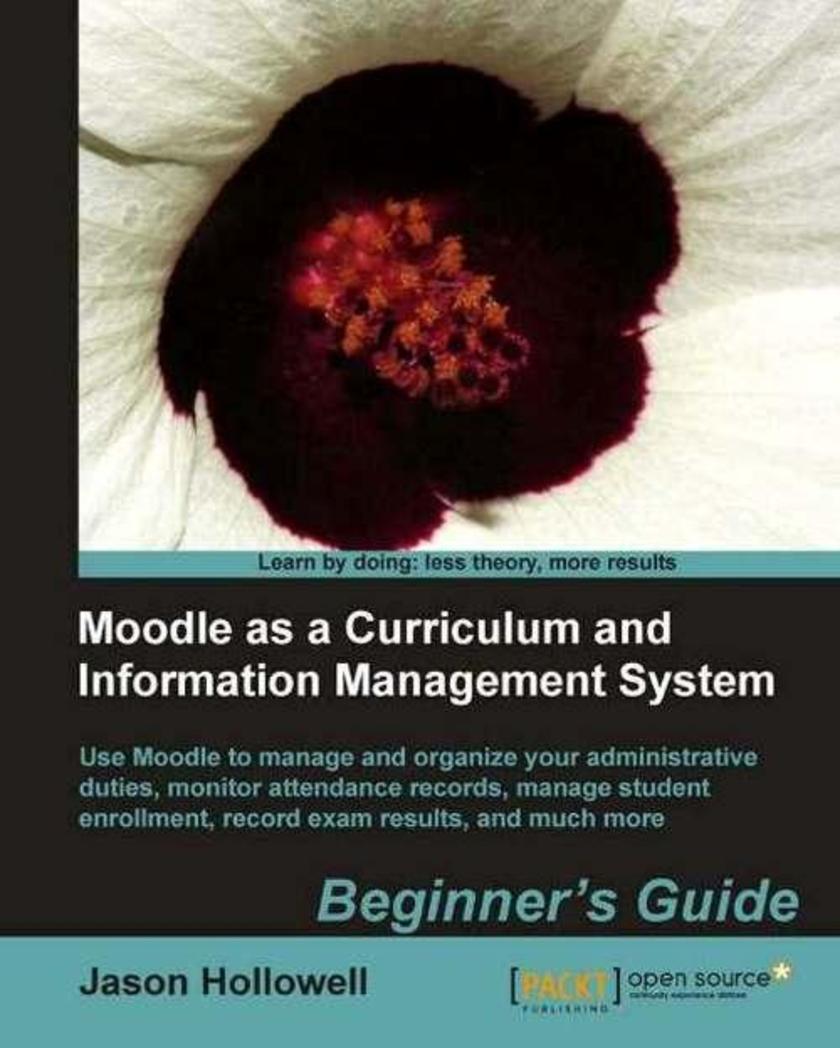
Moodle as a Curriculum and Information Management System
¥90.46
This book is a beginner's guide in which the reader is led, step-by-step, to accomplish all the tasks right from installing Moodle to transforming into a CMS. Some more advanced steps and concepts are presented but always in a manner that allows beginners to follow along and learn through experience as they experiment on their own test site. By the time you finish the book, you will have your own fully-functional curriculum and information management system. If you are a teacher or head of department in an institution and are interested in how Moodle can be used to streamline curriculum delivery and information flow in your institution, this book is for you. This book is also useful for Moodle administrators. Prior experience with Moodle is not essential for this book.
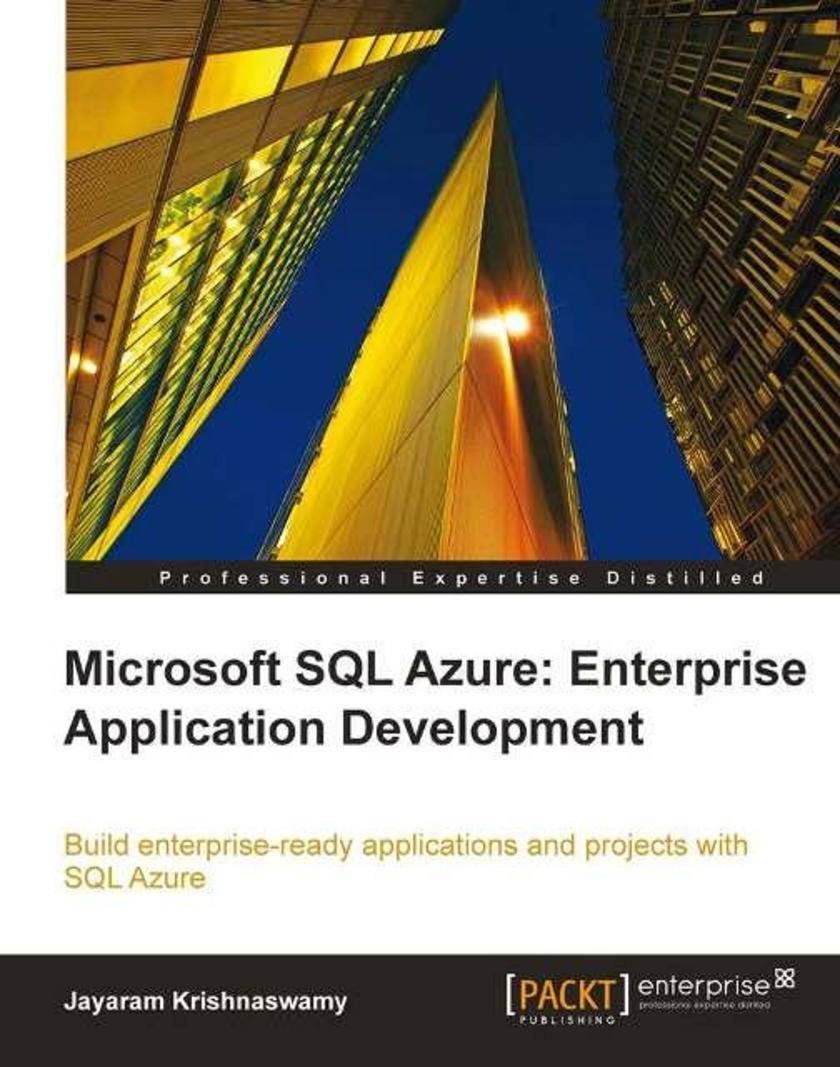
Microsoft SQL Azure: Enterprise Application Development
¥90.46
Each chapter starts with a general overview reviewing the software architecture related information or the underpinning programming concepts followed by an example of working with specific examples. This is then followed by a de*ion of the specific software used in the chapter. The topics that require you to write code are fully explained using annotations and the code is presented in both VB and C# (in most cases). If you are a .Net developer, an architect, or a DBA who wants to develop enterprise applications and projects and extend your on-site skills with SQL Azure, then this book is for you. This book does not assume experience in Windows Azure or SQL Azure, nor is a high level of competency in SQL Server or the .NET Framework and associated technology required. However, a basic understanding of Visual Studio, C#, VB, SQL Servers, XML, web and WCF is required. If you decide to work with SQL Azure, then this book will provide you with the most up to date and practical information.
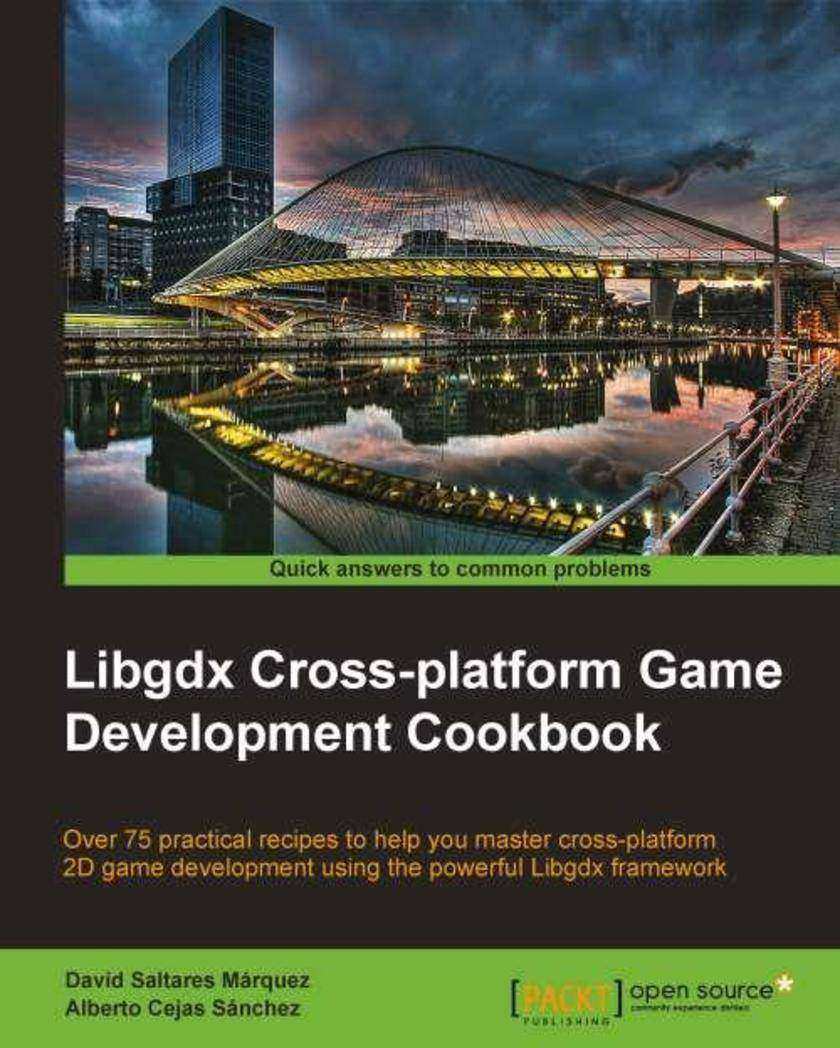
LibGDX Cross platform Development Cookbook
¥90.46
If you want to make cross-platform games without the hassle and dangers of writing platform-specific code, or If you are a game programmer who may have some experience with Java and you want to learn everything you need to know about Libgdx to produce awesome work, this is the book for you. To take full advantage of the recipes in this book, you are expected to be familiar with java with good game programming knowledge.




 购物车
购物车 个人中心
个人中心



